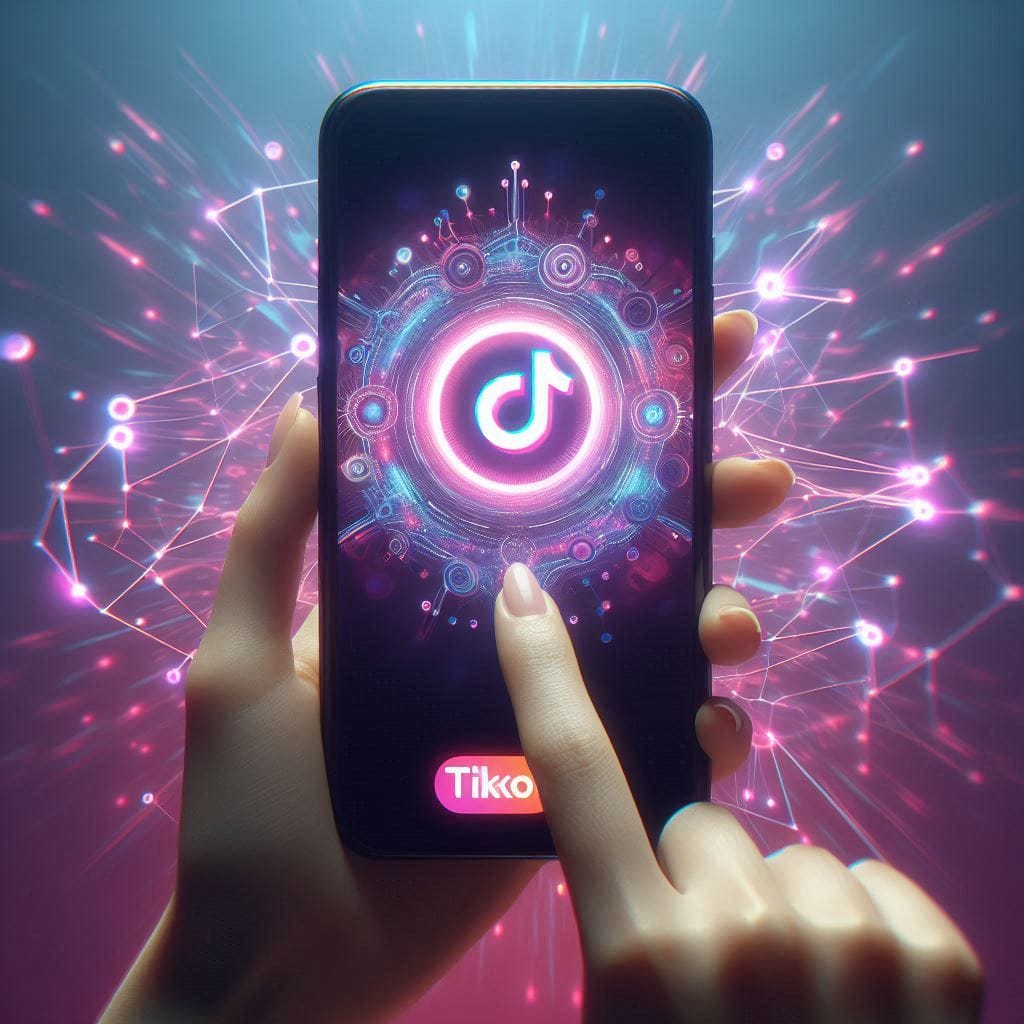San Francisco, Nov 16 — TikTok has rolled out a new artificial intelligence-powered tool that enables all marketers on its platform to generate marketing clips, making it the latest platform to offer such technology to advertisers.
The exciting news was paired with the announcement that Getty Images will now provide its extensive collection of images and videos to TikTok’s AI-powered video generation tool, Symphony Creative Studio.
With this partnership, brands can use Getty’s licensed images and videos to create AI-generated ads. These ads can even feature marketing messages with characters that resemble real people, according to the companies.
While the financial terms of the deal were not disclosed, the integration of Getty Images into TikTok’s suite of tools for advertisers and content creators marks a significant expansion of TikTok’s offerings.
“We aim to empower advertisers and help them connect with their communities with the power of generative AI,” said Andy Yang, TikTok’s head of creative product monetization, in a joint release.
Since OpenAI’s ChatGPT captured global attention in late 2022, AI-driven tools with the potential to generate revenue have been in high demand. These technologies can quickly create videos, pictures, or written content based on user prompts expressed in everyday language.
However, there are still questions about how companies investing heavily in AI will turn a profit from it.
Last month, major online advertising players like Amazon, Google, and Facebook-parent Meta introduced tools to help create ads using AI on their respective platforms.
“With the surge in demand for authentic storytelling in advertising, the need for captivating, high-quality content to convey these stories effectively to audiences has never been greater,” said Peter Orlowsky, Getty Images senior vice president of global strategic partnerships, in the joint release.
Generative AI models, which are trained on data like images and articles found online, have thrilled some users but also angered authors, artists, and other creators who feel their work is being used without permission or compensation.
Publications like The New York Times have filed lawsuits to protect their content, while some news organizations have opted to make licensing deals.

